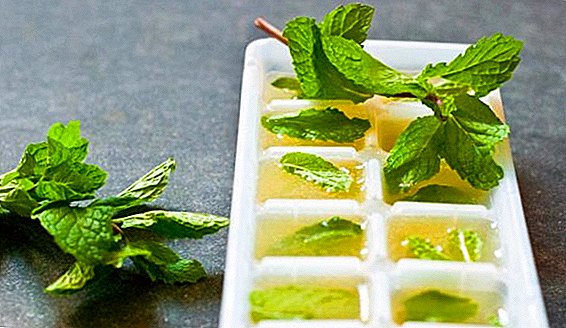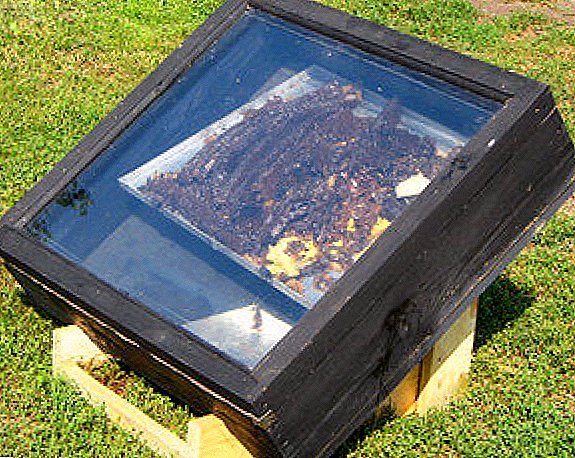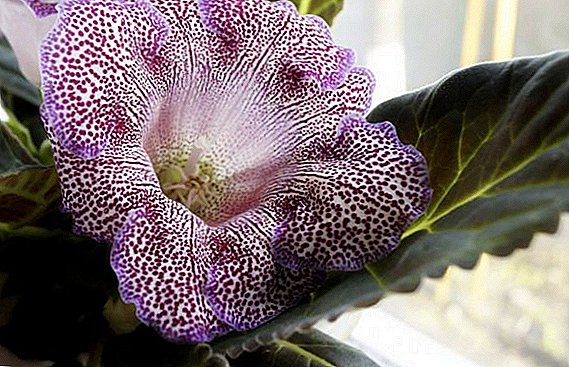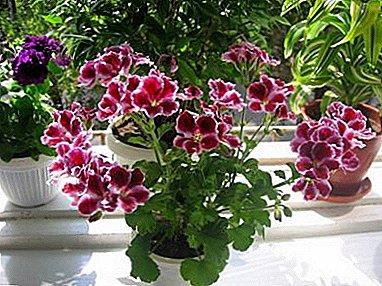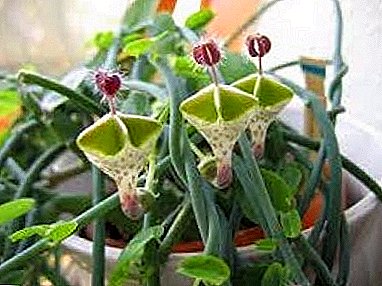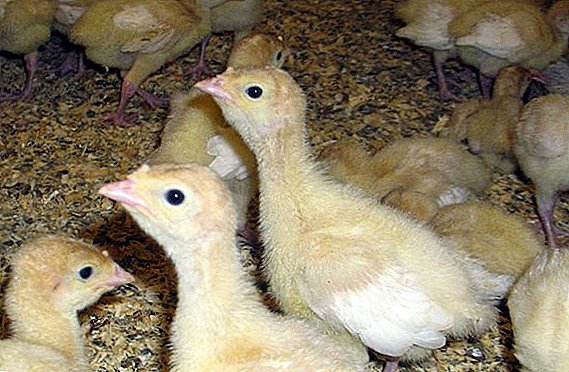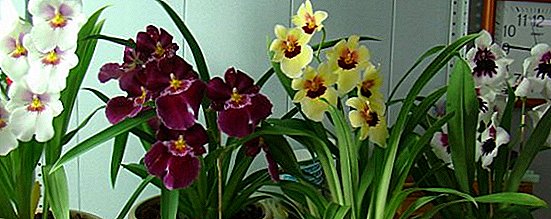 Orchids of the miltonia genus are popular with indoor plants. These spectacular beauties come from South America. Each of the twenty varieties of miltonia has a unique, memorable appearance and beautiful flowers. To enjoy this beauty as long as possible, you need to know the subtleties of care, and if necessary - and resuscitation miltonia at home.
Orchids of the miltonia genus are popular with indoor plants. These spectacular beauties come from South America. Each of the twenty varieties of miltonia has a unique, memorable appearance and beautiful flowers. To enjoy this beauty as long as possible, you need to know the subtleties of care, and if necessary - and resuscitation miltonia at home.
The loss of the roots of miltonia: the main reasons
 Frequently, orchids have a root system. Miltonia without roots ceases to grow, blossom, loses its decorative appearance. If you touch the dead roots, they pass under the fingers like hollow tubes.
Frequently, orchids have a root system. Miltonia without roots ceases to grow, blossom, loses its decorative appearance. If you touch the dead roots, they pass under the fingers like hollow tubes.
This happens for three main reasons:
- Wrong care. With excessive watering and stagnation of water in the pot miltonia roots rot. The correct mode of watering - every 4-5 days. The water accumulated in the pan should be drained, and the soil should dry before the next watering. Also, the roots can die from lack of moisture, overheating and lack of clean air.
- Infection with fungus or bacteria. Old spoiled soil, not removed in time rotten roots - is a breeding ground for infection. To avoid a situation where the miltonia roots are completely rotted, promptly remove their obsolete parts. At the same time, sections should be disinfected, and high-quality, fresh substrates should be used for transplanting plants.
- Age changes, old age. Young and healthy roots of orchids are elastic, light, with a greenish tint. Older roots are darker, greyish or brown, but remain firm and dry to the touch as long as they are viable. Vegetative reproduction allows the roots to grow in miltonia and also to produce young processes from adult plants.
Did you know? The first orchid in Europe in 1731 was grown by an English botanist from a dried sample sent to him from the Bahamas.

How to reanimate miltonia at home, the formation of roots
At home, resuscitation of miltonia without roots can take from one month to a year. It all depends on the season, in spring or autumn regeneration is faster.
New roots are formed from young shoots, more precisely from small protuberances at the base of the stem. First, the dead parts of plants are removed, the damaged roots are cut off. Slices are treated with activated carbon powder or other suitable antiseptic and means to stimulate growth.
After treatment, miltonia for resuscitation is placed in special containers, where the roots will be regenerated.
The choice of capacity and conditions for resuscitating miltonia
For successful orchid resuscitation, it is necessary to assess the condition of the plant, the causes and the extent of damage to the roots.
 If the plant has retained more than half of the viable roots, you can create a microclimate for it, in which it will quickly recover.
If the plant has retained more than half of the viable roots, you can create a microclimate for it, in which it will quickly recover.
In a small greenhouse it is necessary to maintain a temperature of 22-25 ° C, humidity of about 70%, illumination with diffused light at least 12 hours a day.
The processed sheet rosette is rooted in a pot where a layer of expanded clay and pure sphagnum are placed. This filler is slightly moisturized, but not watered. For rooting the remaining part of the flower is better to use a plastic container with transparent walls, which will see how the roots grow miltonia.
The container itself should be in a special greenhouse for the resuscitation of indoor plants. This may be a box with transparent walls, a high cap of transparent plastic. The greenhouse is ventilated in the dark to increase the concentration of carbon dioxide. When new miltonia roots grow by 3-5 cm, shelter will no longer be needed. 
Important! With a complete loss of roots, when there is no possibility to arrange a greenhouse, you can grow miltonia roots by soaking.
Daily miltonia soaking
Pretreated flower without roots is placed in a glass jar, jar or glass. Every day, soft, purified water at room temperature is poured into a container with an orchid and left for 2-3 hours, after which the water is completely drained, allowing the plant to dry. You need to ensure that the water touches only the very bottom of the plant and does not cover the leaves.
Growth stimulant can be added to water, but not more often than once every two weeks and only until the roots appear. After the appearance of the first roots, the soaking time can be extended to 6 hours per day. These methods are also suitable for resuscitation of other types of orchids at home,
What to do after the formation of roots
 When the roots of miltonia grow by 5-6 cm, the orchid is ready for transplanting into a permanent container. When re-using flowerpots and drainage, they must be cleaned and sanitized with hot water vapor. The mixture for the substrate must be fresh. It can be a ready ground for orchids, pine bark and charcoal, a little sphagnum.
When the roots of miltonia grow by 5-6 cm, the orchid is ready for transplanting into a permanent container. When re-using flowerpots and drainage, they must be cleaned and sanitized with hot water vapor. The mixture for the substrate must be fresh. It can be a ready ground for orchids, pine bark and charcoal, a little sphagnum.
Important! It is better to use a special pot for orchids, its thoughtful design makes it easier to care for plants.
At the bottom of a clean pot put drainage of expanded clay, then a little substrate. Orchid planted in a pot, carefully sprinkling the roots of the roots. Soil can not crush. For a more dense filling of the pot, you can only shake it. For additional support plants in the pot you can insert thin sticks.



